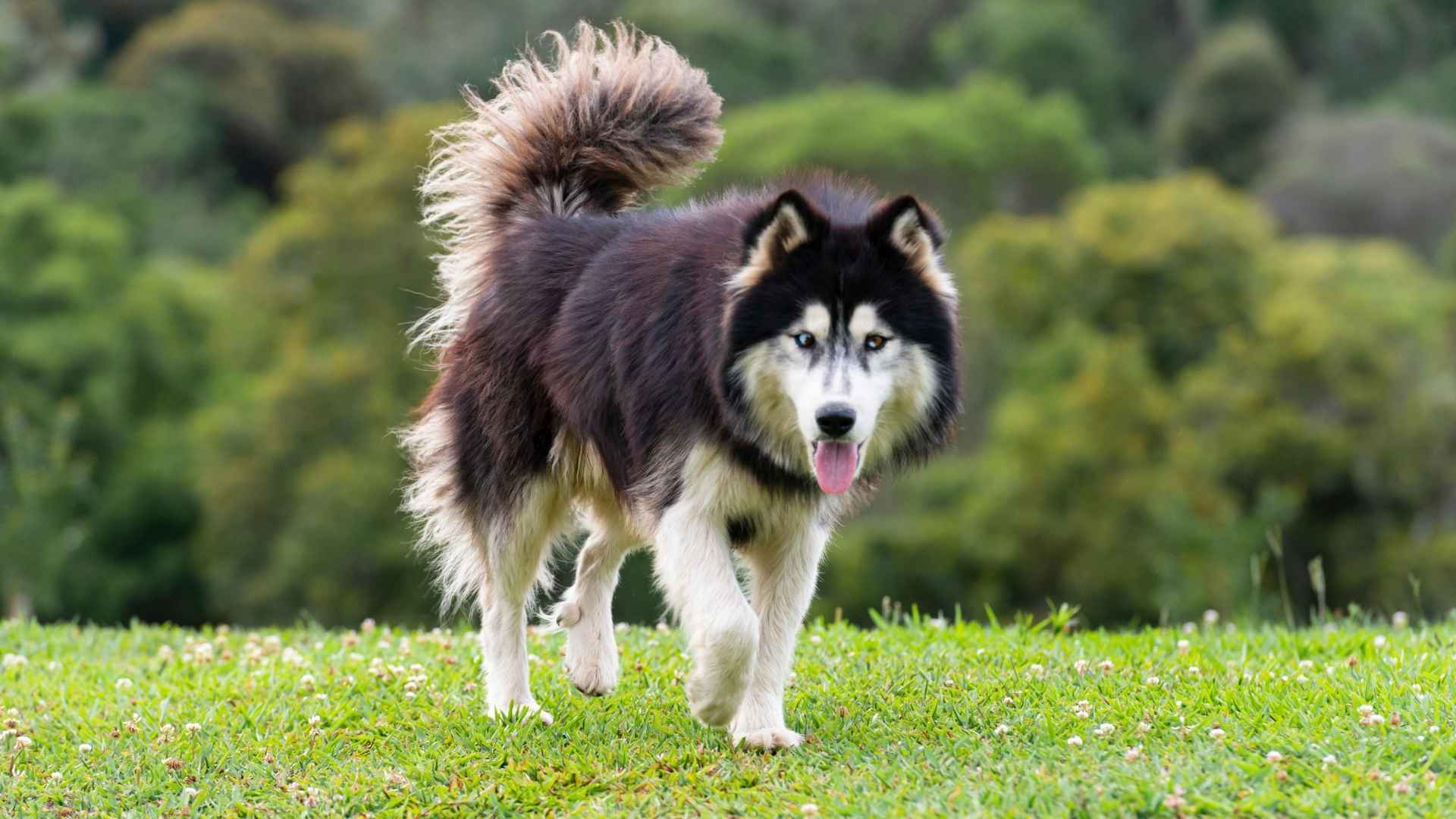Dogs bring joy, comfort, and friendship to people of all ages, including older adults. Many seniors benefit from pet ownership because it boosts both mental health and physical well-being.
Research shows that having a dog can lift mood, reduce anxiety, ease depression, and inspire daily activity that improves overall health. For senior dog owners, a loyal companion can encourage walks, spark social interaction, and bring comfort in times of loneliness.
But while dogs can be wonderful companions, not every dog breed is the right fit for elderly households. Some breeds demand constant activity, high grooming needs, or obedience training that may overwhelm senior dog owners.
Selecting the right dog breed ensures that seniors enjoy the health benefits of companionship without taking on more than they can handle. This blog explores the common dog breeds to avoid for elderly households. Let’s take a look!
Common Dog Breeds to Avoid For Elderly Households
1. Australian Shepherd
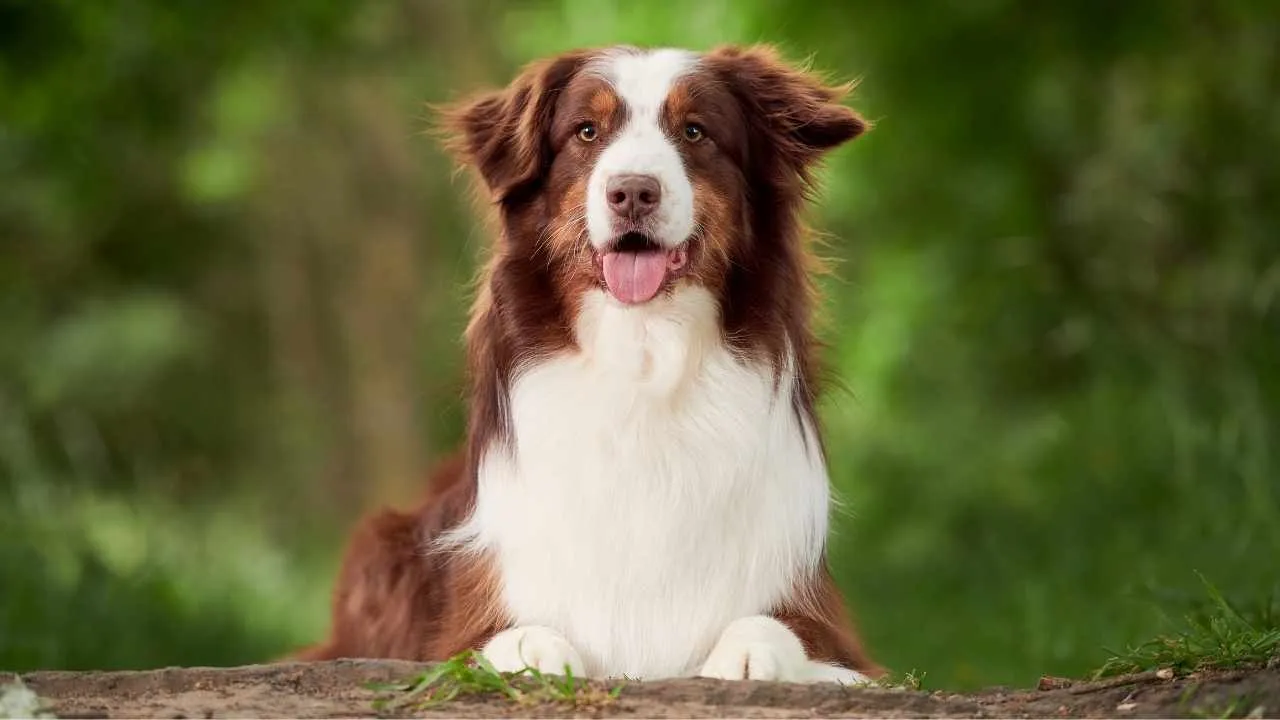
The Australian Shepherd became popular after World War II through rodeos, horse shows, and even Disney movies. They usually weigh around 40–65 pounds. They are related to Border Collies and other herding breeds, which explains their strong working drive.
Britannica states that the Australian Shepherd, despite its name, originated in the western United States in the late 1800s.
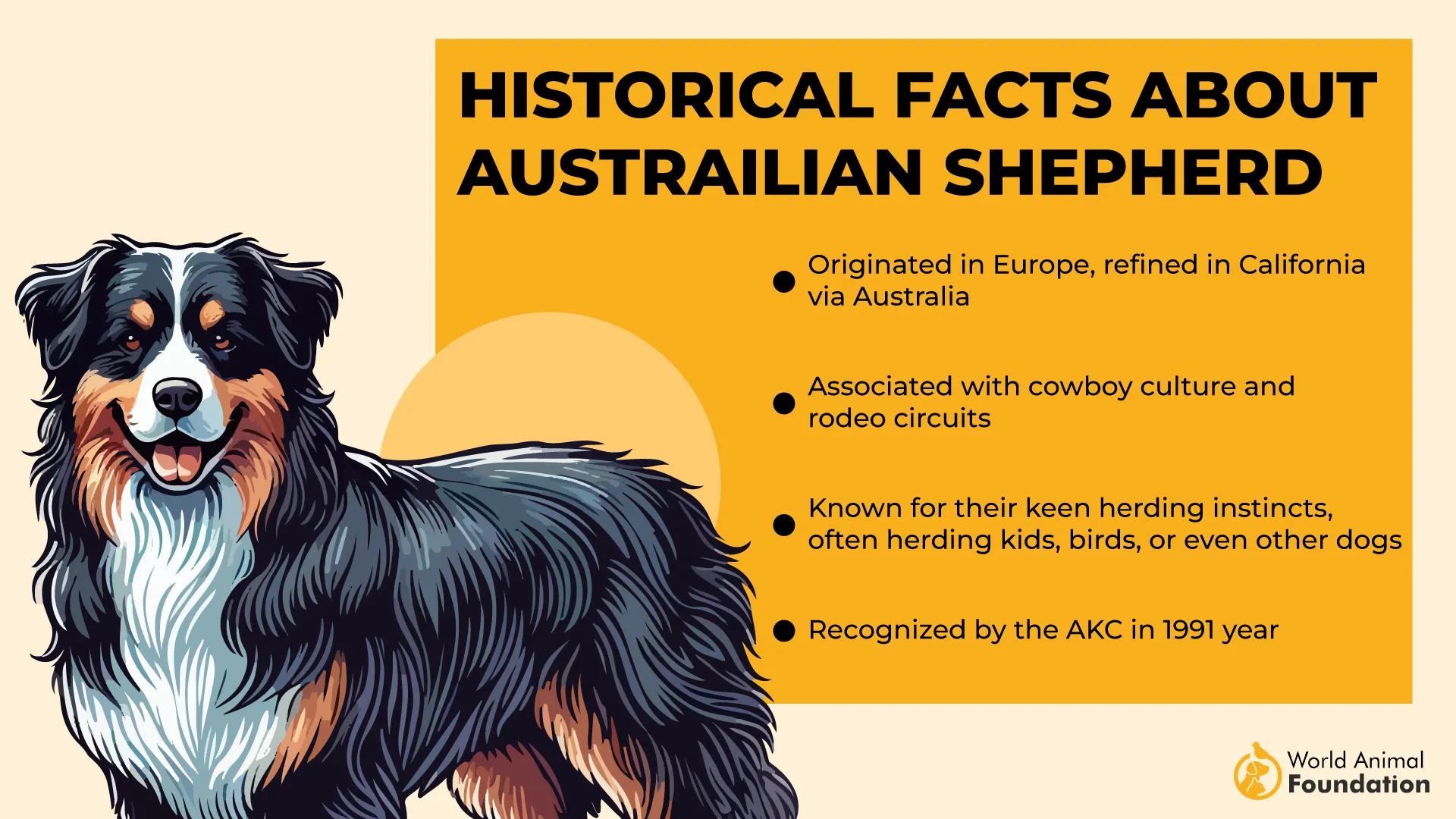
This breed is known for its high energy and active lifestyle. Australian Shepherds need at least an hour of daily exercise and constant mental stimulation. They thrive on routines, tasks, and canine sports. Walks, runs, hikes, and backyard games are all activities that keep them happy.
Without proper training and daily exercise, they can become bored, anxious, and even destructive. Their energy levels often overwhelm seniors who prefer a calmer pace.
Grooming is another challenge. Their thick coats shed year-round and heavily twice a year. They require weekly brushing to remove loose hair and keep the coat healthy. For seniors, this level of upkeep can be tiring and may even affect respiratory health.
2. Jack Russell Terrier
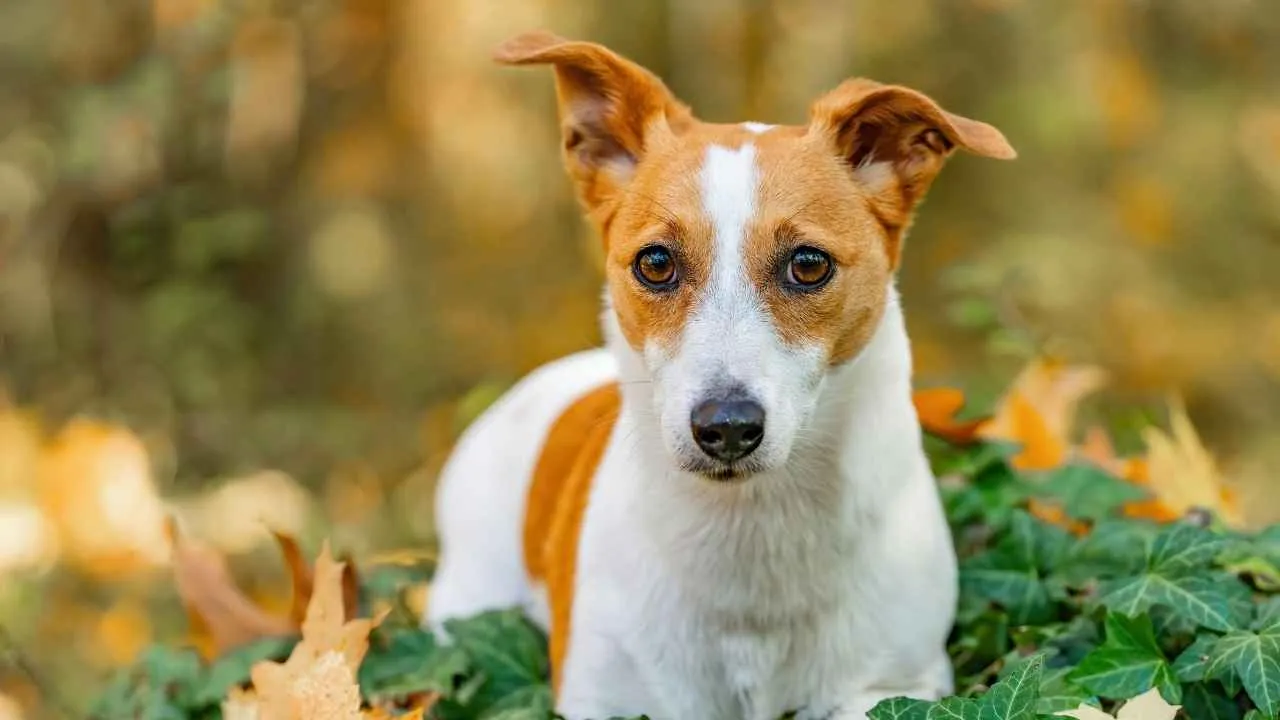
Jack Russell Terriers are small but powerful dogs. They weigh around 9 to 15 pounds. First bred in England during the 1800s for fox hunting, they are known for their bold and fearless nature. Despite their size, they carry the spirit of true hunting dogs.
These terriers are extremely energetic and require plenty of daily exercise and mental stimulation. They love to run, chase, and explore, which makes apartment living a poor fit.
Jack Russells are often compared to cats because they enjoy bringing their owners “gifts” like squirrels or birds. Without enough activity, they can become restless, loud, and difficult to manage.
Training a Jack Russell Terrier can be challenging. They are stubborn, independent, and sometimes aggressive. Proper training and strong leadership are necessary to keep them under control.
For seniors, keeping up with their high energy and feisty temperament can be overwhelming. While intelligent and loyal, this is not the right dog breed for older adults who want a calm, low-maintenance companion.
3. Akita
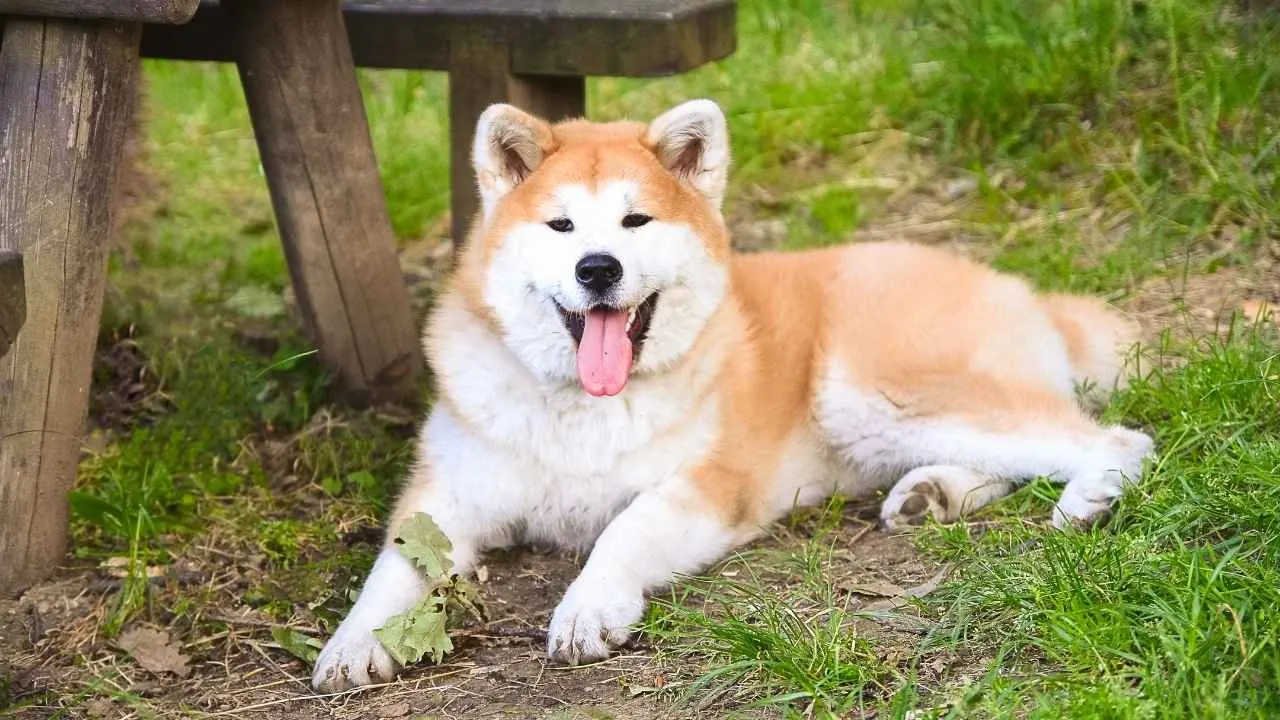
Akitas are large dogs from northern Japan, originally bred to hunt elk, boar, and even small bears. They later served as companions for samurai and were also used in dog fighting. While powerful and protective, they are not good dog breeds for seniors. Akitas usually weigh 70-130 pounds.
Many see the Akita as a strong guard dog, but this can backfire. They are territorial, aloof with strangers, and sometimes aggressive toward other animals and even people. Without obedience training and early socialization, they may become dangerous.
For pet owners in senior households, this level of responsibility can affect both physical and mental health. These dogs require firm leadership that many older adults may find overwhelming.
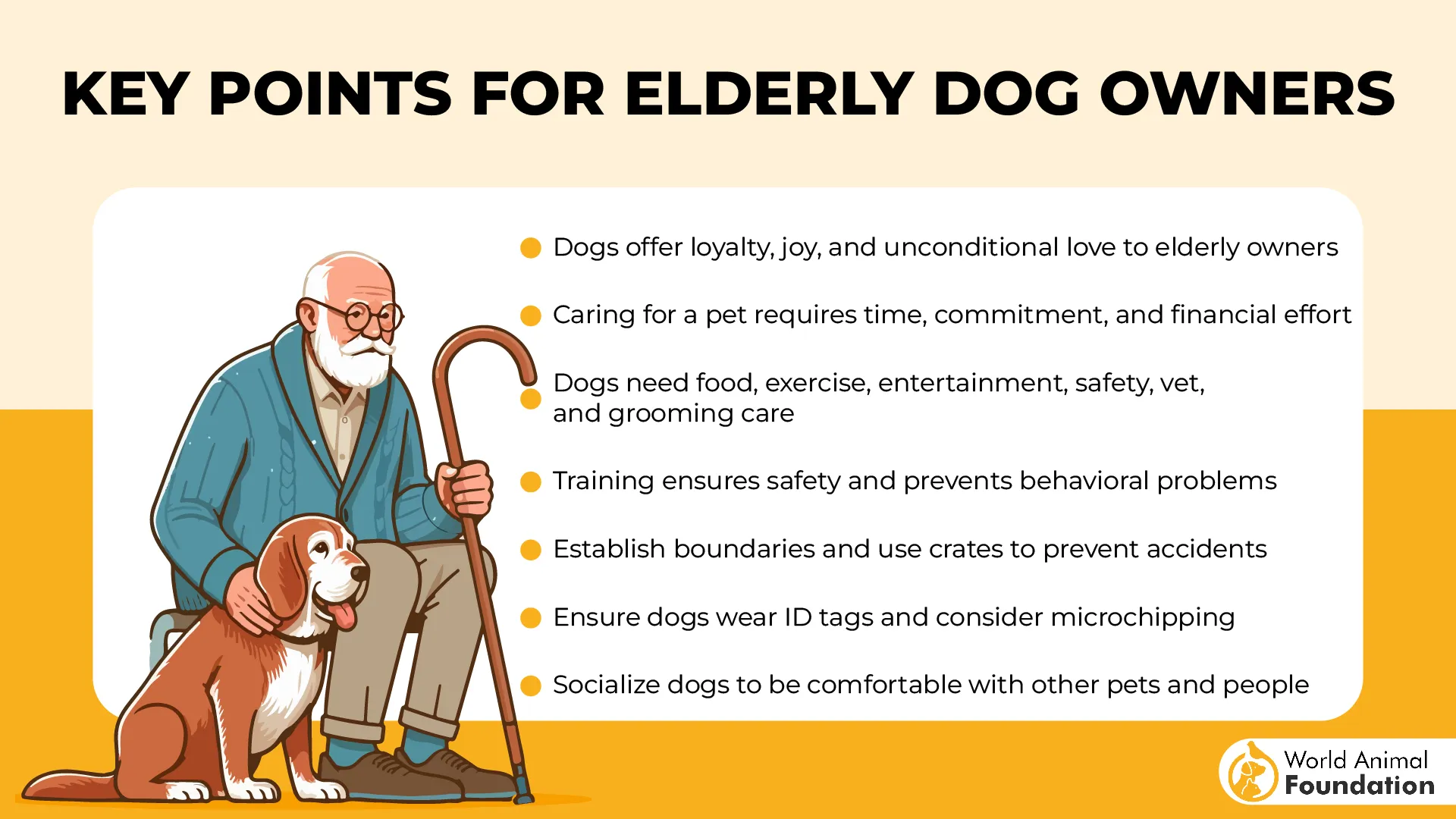
This is not a breed with minimal grooming needs, and caring for their thick coat takes effort. Without attention from skilled groomers, they leave heavy piles of fur around the home. While they can be loyal and affectionate to family members, they do not get along well with other dogs.
4. Rottweiler
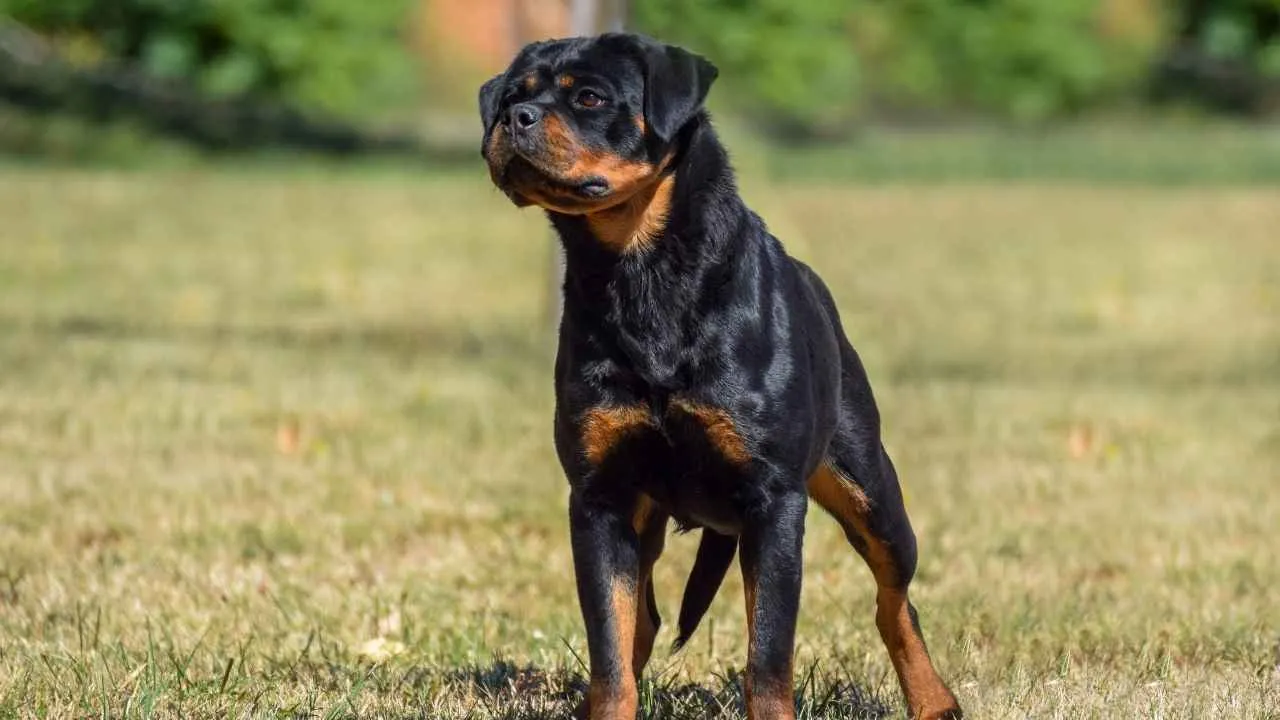
Rottweilers are large, muscular dogs that can weigh between 80 and 135 pounds. These intelligent dogs were first bred from Roman herding dogs and German mastiffs, making them powerful working animals with a long history of guarding and protecting.
This is an active breed that thrives on daily exercise and close time with its owner. PetMD says that these slow-maturing dogs, often taking 12–18 months to reach full maturity, need at least 60 minutes of exercise every day. Seniors may also find dog ownership difficult because these dogs require structure, firm leadership, and plenty of space.
Rottweilers are generally physically healthy but can be prone to hip issues and ear infections. They do best with owners who have the time and strength to meet their needs. Although loyal and affectionate at home, their protective nature can lead to aggression toward strangers.
5. Cocker Spaniel
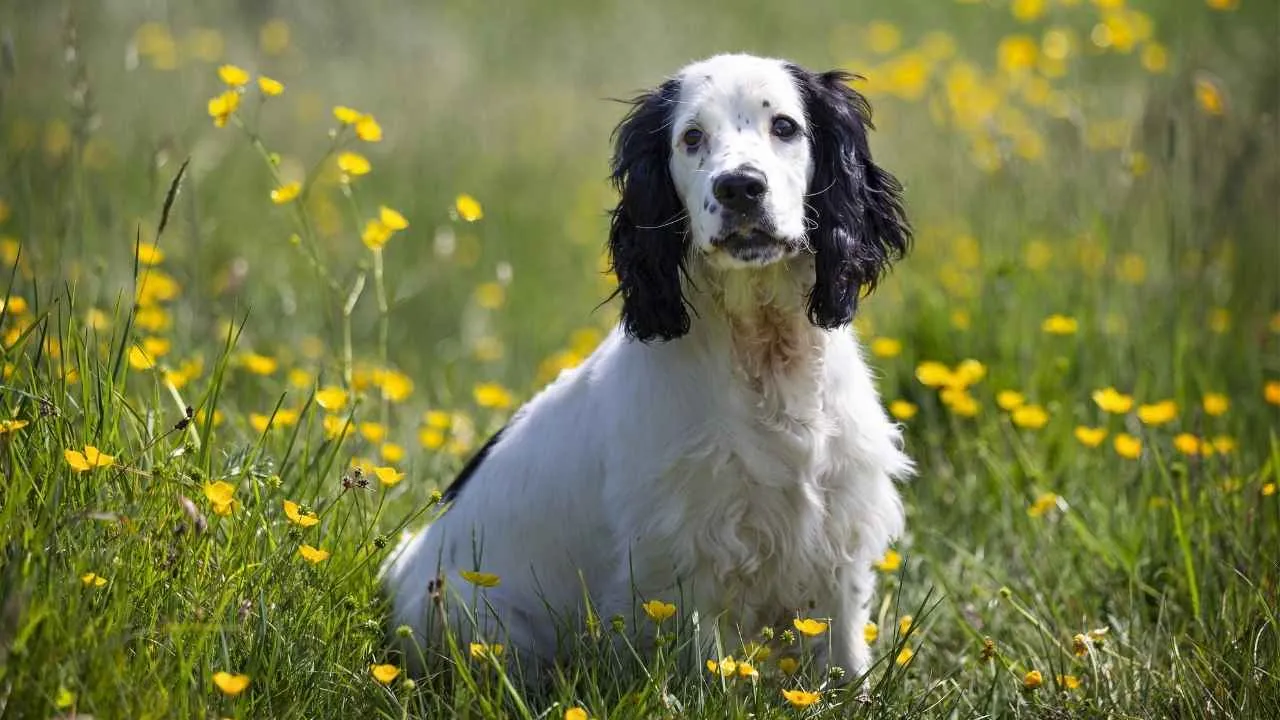
Cocker Spaniels are sporting dogs that were first bred in Spain to help hunters catch birds. Today, they are known as one of the most popular small dog breeds in America.
Weighing between 20 and 30 pounds, they are playful, loving, and cheerful dogs that enjoy time with their families. Their affectionate nature makes them loyal companions, but they also come with challenges for seniors.
This breed is often considered part of the high-maintenance breeds because of its long coat and heavy grooming needs. Their ears require special care to avoid ear problems, and missed appointments can lead to bigger issues.
While they enjoy moderate exercise like walks and playtime, their grooming needs and upkeep can be tiring for older adults.
Cocker Spaniels love human companionship and dislike being left alone. Without enough attention or training, they may develop destructive behaviors such as chewing or barking. Although they can show a calm temperament at times, their energy level and grooming demands make them less suited for seniors who want an easy, low-effort pet.
6. Chow Chow
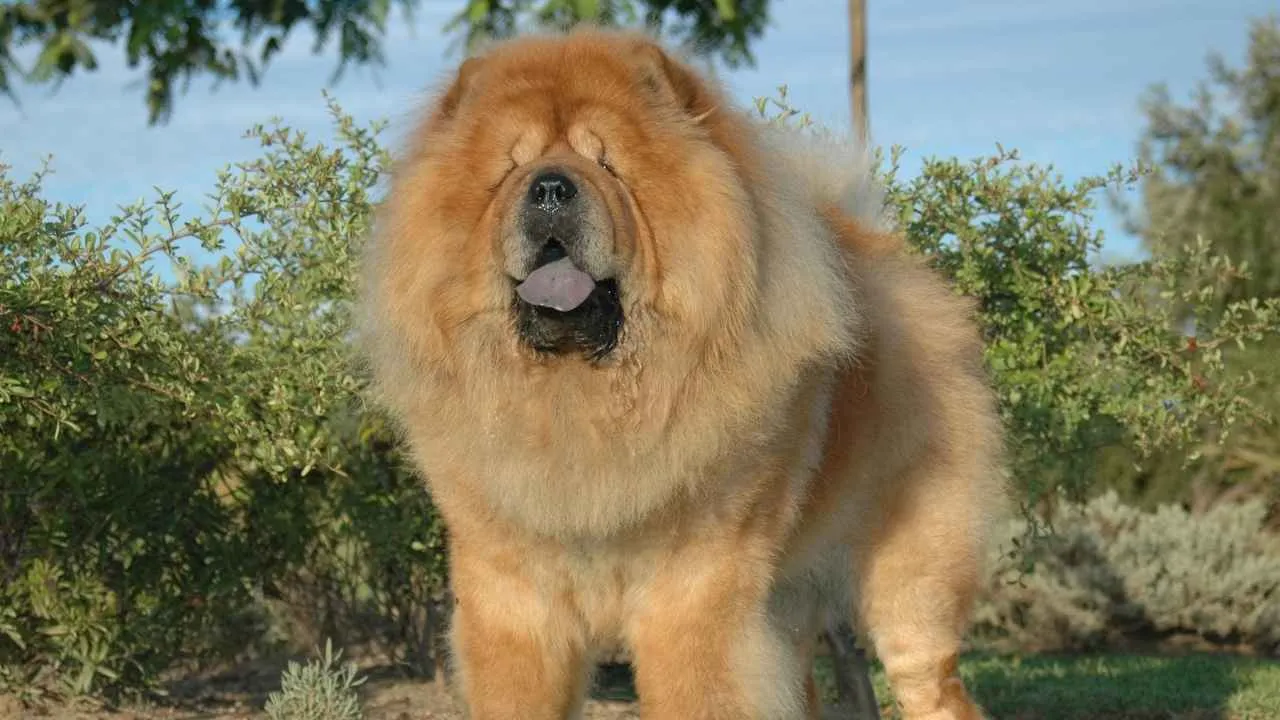
The Chow Chow is an ancient dog breed from China that once served emperors, hunters, and even as a guard dog. They weigh between 45 and 70 pounds, putting them in the category of medium to large breeds. Their temperament is sometimes described as stubborn and complicated, which can be hard for seniors to manage.
Chow Chows need regular walks and activity, though they only have moderate exercise needs compared to highly energetic breeds. Still, these dogs require physical stimulation to stay balanced and avoid behavioral problems. For seniors with limited physical ability, handling a strong-willed dog of this size can be difficult.
Grooming is also a factor to consider. Chow Chows need brushing several times a week and monthly bathing to keep their coat healthy.
While they are not high-maintenance dogs, they are not exactly low-maintenance pets either. They can tolerate being alone and don’t demand daily activity, but their stubborn personality and strength make them a poor choice for elderly owners.
7. Siberian Husky
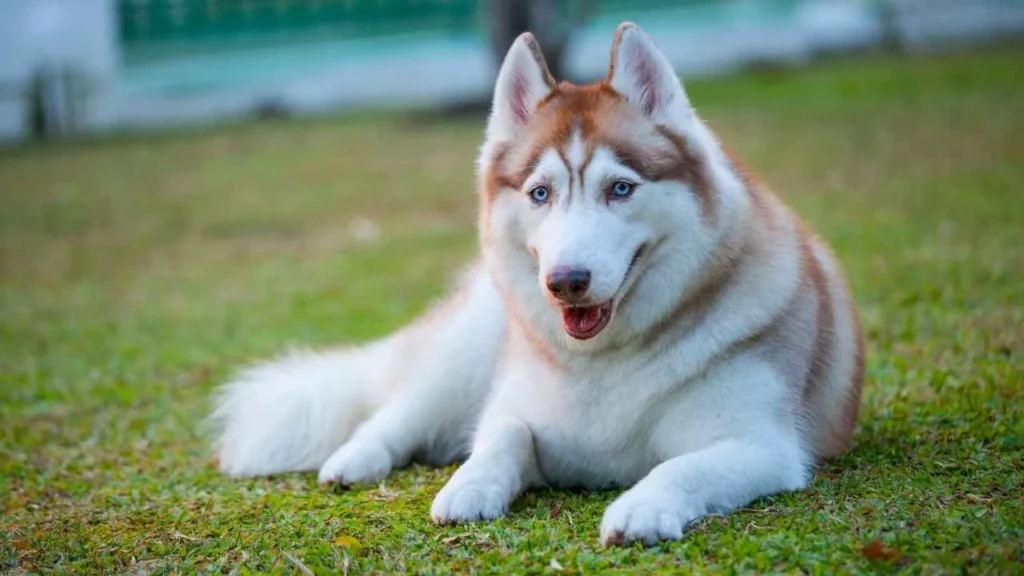
The Siberian Husky gained fame in the early 1900s for its speed and endurance in sled races across the Arctic. WebMD mentions that the Siberian Husky was first bred by the Chukchi people of northeastern Russia as a loyal companion, hunting partner, and sled dog. Huskies usually weigh between 35 and 60 pounds.
Huskies are highly energetic dogs that love to run and play outdoors. They require at least two hours of exercise and physical activity each day to stay happy and balanced. Without this level of stimulation, they can quickly develop destructive behaviors such as chewing or digging.
Although strong and athletic, Siberian Huskies have a stubborn personality that makes training harder than with other service dogs, even though they are sometimes used in that role.
When it comes to grooming, Huskies are known as big shedders. While they keep themselves fairly clean and do not require frequent baths, their thick coat sheds heavily and needs regular brushing. This can be overwhelming for seniors who prefer a tidier home.
Conclusion
Choosing a dog later in life can bring joy, comfort, and valuable health benefits, but not every breed is a good fit. Large or highly energetic dogs can overwhelm senior dog owners with their constant need for exercise, training, and grooming.
Some worst dog breeds for seniors may also show stubborn or aggressive traits that make them difficult to handle without strong physical ability and consistent discipline. For seniors, this can turn dog ownership from a source of happiness into a daily struggle.
The key is to focus on a dog that matches a calmer lifestyle. Seniors should look for breeds with lower exercise demands, easier grooming needs, and a calm temperament that provides steady companionship. The right choice can create a bond that improves both mental health and physical well-being.


